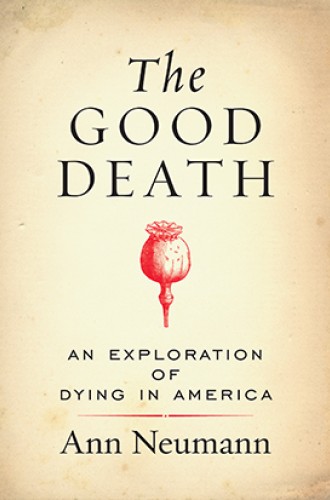There is no good death, I now know. It always hurts, both the dying and the left behind. But there is a good enough death.”
So concludes Ann Neumann in response to the central questions of her book: What is good about dying, and what are the forces that shape our individual experiences of death in the context of modern American medicine and culture? A journalist who is a visiting scholar at the Center for Religion and Media at New York University, Neumann roots her quest in a personal experience: her care for her father as he died from cancer. Neumann’s book joins several other fine, recent books on death and dying, including physician Atul Gawande’s Being Mortal and Oliver Sacks’s personal reflections on his dying in Gratitude. Compared to the philosophical and theological analysis of the ethics of death and dying by professional bioethicists, these books provide constructive experiential perspectives on dying through the voices of patients, doctors, and nurses.
Where Neumann’s book begins—personal, up-close experience and observation—remains its main strength throughout. After her father’s death she volunteered with a hospice program in New York City, an experience she recounts through narratives of an AIDS patient in a group home, an elderly Puerto Rican immigrant, and a well-educated, upper-class elderly woman. These personal stories give readers insight into the diversity of experiences people have at the end of life.






